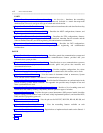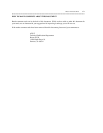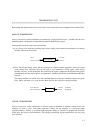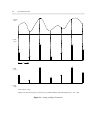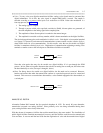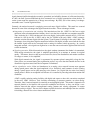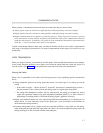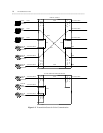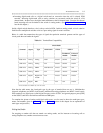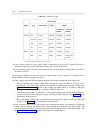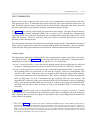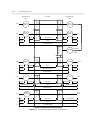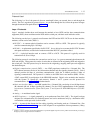1-6 TRANSMISSION TYPES
_ ___________________________________________________________________________________________________________________________
_ ___________________________________________________________________________________________________________________________
_ ___________________________________________________________________________________________________________________________
signals became feasible through the economic, operational, and reliability features of solid-state electronics.
In 1962, the Bell System established the first commercial use of digital transmission when the first T1
carrier system went into operation in a Chicago area exchange. By 1985, 50% of the country’s exchange-
area trunks were T-carrier digital facilities.
Currently, the national network is employing more and more digital facilities. This trend has occurred
because of some of the advantages that digital transmission offers. These advantages include:
• Integration of transmission and switching: The introduction of the No. 1 ESS in 1965 was a major
milestone in the telecommunications industry since it was the first switch that was computer controlled.
Thus, inside the No. 1 ESS, both data and voice were digital. In the public network, the No. 1 ESS was
followed in 1976 by the No. 4 ESS and by the No. 5ESS in the early 1980s. AT&T customer-
premises switches became digital with the System 75 and System 85 offerings in the early 1980s. The
advantages of servicing these digital transmission facilities with digital switches arose from the fact that
the internal signal need not be converted back to analog for internal switch processing. In a totally
integrated network, voice signals are digitized at or near the source and remain digitized until delivered
to their destination.
• Signal regeneration: With all transmissions, the signal weakens (attenuates) the farther it is transmitted.
With analog transmission, the signal is amplified periodically in an attempt to recreate its original
quality. This means, however, that any noise on the line, due to line disturbances and random variations
in voltage or current, is also amplified.
With digital transmission, the signal is regenerated by repeaters placed strategically along the line.
Since pulses are recreated during the regeneration process, any noise that had entered the line in the
distance the signal traversed since the last repeater is eliminated.
• Low signal/noise ratios: Noise and interference in an analog voice network become most apparent
during speech pauses when the signal amplitude is low. Relatively small amounts of noise occuring
during a speech pause can be quite annoying to the listener. In a digital link, the noise level during
speech pauses is held to an acceptable level because it is controlled by encoding rather than random line
conditions.
AT&T is rapidly replacing analog facilities with digital and expects to have this conversion completed
in the early 1990s. However, local facilities terminating at customer premises are often analog.
Therefore, today’s national network is essentially an analog/digital hybrid. This makes it imperative for
network planners to be familiar with conversion techniques and devices so they can design a cost-
effective network that utilizes uncomplicated routing patterns and existing equipment, no matter
whether analog or digital. The rest of this chapter explains the devices and techniques that are available
for building a network for voice or data transmission or both.



